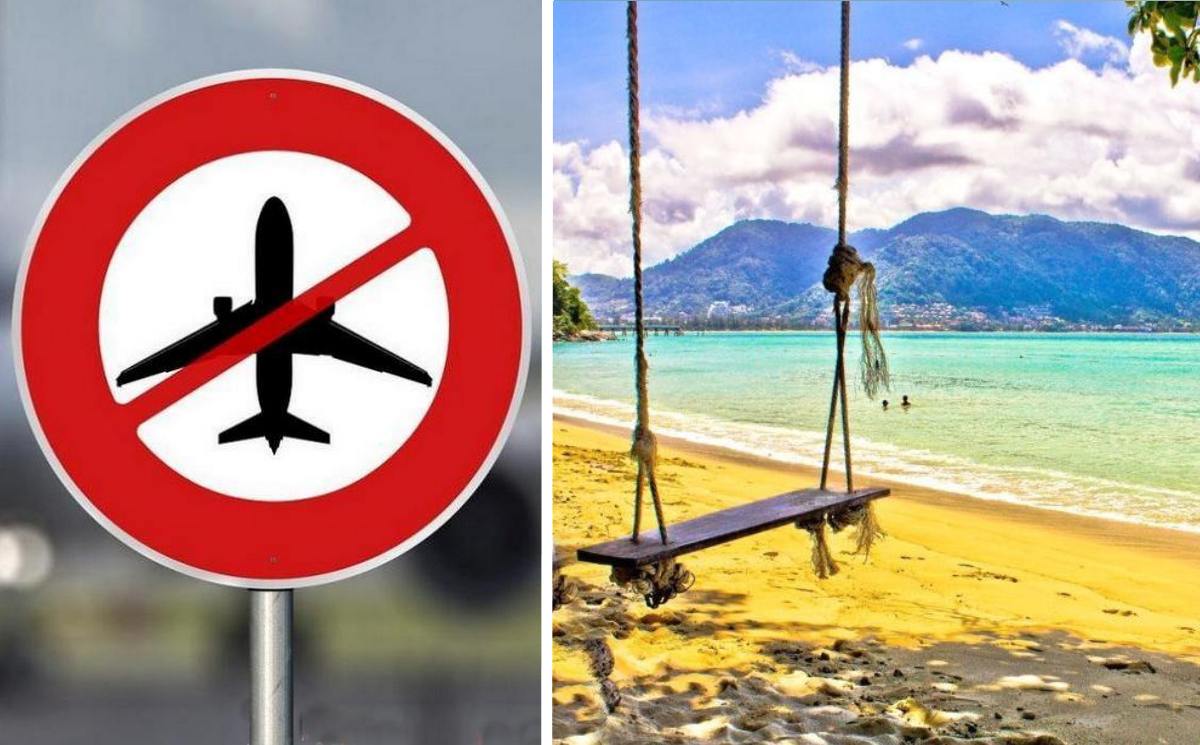Ukraine and Russia together accounted for only about 3% of international tourism spending, but this is not a small figure. If the situation is not resolved in the near future, world tourism could lose at least $ 14 billion in revenue. And the main burden of these losses will fall on the “European beach destinations”. Such data are contained in the latest report of the World Tourism Organization (UNWTO).
As donors of tourists, Ukraine and Russia accounted for 4% of all international revenues to Europe, but only 1% of Europe’s revenues from international tourism in 2020 – added to the UNWTO. At the same time, during the pandemic, the Russian market also gained significant importance for long-distance destinations such as the Maldives, the Seychelles or Sri Lanka.
Some tourist countries also openly admit their dependence on tourists from these countries. Thus, Hisham al-Demeri, former chairman of the Egyptian Tourism Development Council, said that Egypt had recently depended on Ukrainians and Russians, as they accounted for 45% to 55% of all tourists arriving in the Pyramids. He, of course, optimistically added that Ukrainian and Russian tourists are mostly focused on beach tourism, and their average costs are low; so their absence can be compensated by the fact that “Egypt is now experiencing a revival of cultural tourism.” “Cultural tourists are more important because they use more domestic services, such as local transport, visiting museums and shopping at local bazaars, so the average cost of a cultural tourist is higher than that of a beach tourist,” he said. However, the question is whether “cultural” tourism will not be shaken due to the global crisis.
“The crisis is creating new problems for the entire global economic environment and could hamper the restoration of confidence in global travel. It has also led to an economic downturn in most countries, forcing citizens to put travel plans in the background,” the UNWTO said. This is exactly the forecast that terrified tourism, which is counting on the first successful summer after a two-year co-cap.
Indeed, in January 2022, global international tourist arrivals more than doubled, by 130% compared to 2021. The number of tourists in January increased by 18 million worldwide, which is equal to the total increase for the whole of 2021. So optimistic predictions had a real basis. But in February and March the picture will be gloomy.
However, optimism in the UNWTO is not lost: in January there was growth in the Middle East (+ 89%) and Africa (+ 51%). Therefore, some experts remain hopeful that after an unprecedented decline in 2020 and 2021, international tourism is expected to continue its gradual recovery in 2022.

